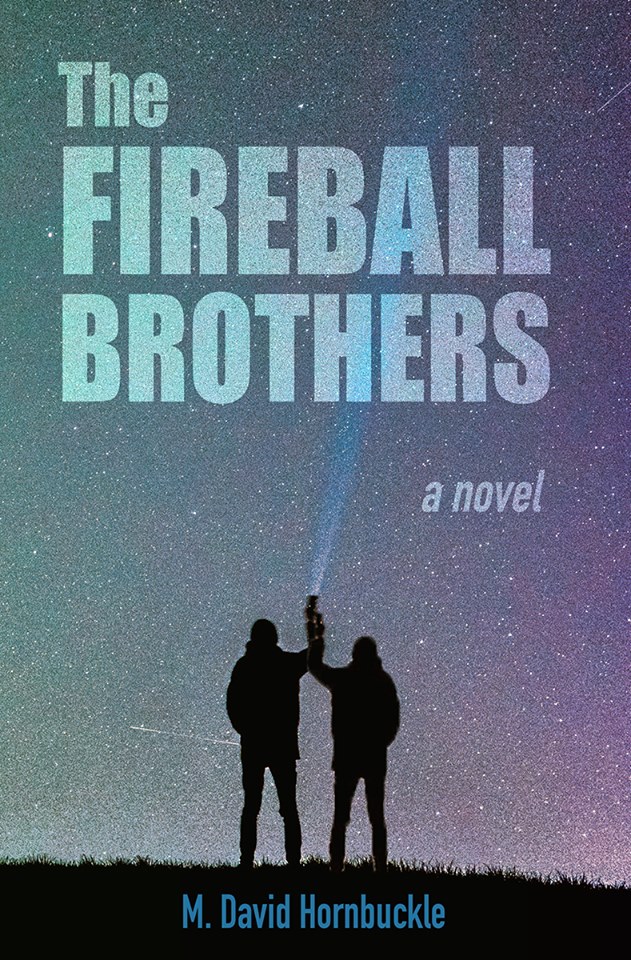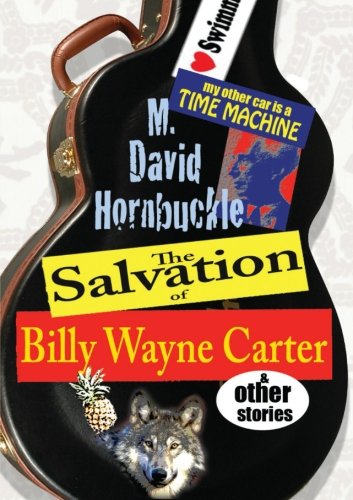We are proud to feature a member column from AWC writer and media maven, Claire Datnow who shares her thoughts about the work being done to restore the nature trail and outdoor classroom she created with students back in the 1990s.
Claire is thrilled that the trail is being restored. She notes that this first ecology class became the inspiration for her eco-mystery series The Adventures of the Sizzling Six. Star Bright Books has acquired the series and will be republishing it, beginning with Monarch Mysteries this fall.
Also, don’t miss this “At This Alabama School, the Birds Belong to Everyone” by Katherine Webb-Henn, which offers more visuals as well as the video shared below.
“The Little Nature Trail That Keeps on Giving” by Claire Datnow
On this chilly winter morning, I get the odd sensation that I’ve entered a time warp. No, I am not in The Rocky Horror Show. I’m on the grounds of W. E. Putnam Middle School with a trash bag and clippers in hand. You see, way back in the 1990s my dedicated middle school students and I began building a nature trail and outdoor classroom. We never imagined that two decades later it would be blossoming anew.
Under the auspices Principal Terrell Brown, Ansel Payne, executive director of the Birmingham Audubon Society, and the Jones Valley Teaching Farm the trail is being cleared of invasive Chinese private to create a nature sanctuary for Brown nut hatches, and a place for teachers to integrate nature into the curriculum for all students.
Janina Metro, my student in the Gifted and Talented program at Putnam between 1998-2000, penned this letter to me:
I remember when we started working on the Panther Paw Nature Trail. At first, I was excited to get out of the school building for any reason, but soon fell in love with being in the woods and learning about the plants and animals that we saw. I remember the invasive species Mrs. Datnow pointed out . . .. This was my first introduction to the importance of native plant species on the continuing existence of native wildlife …Even now, as I hike and backpack with my own four children, I think fondly of the time as I point out the mayapple, trillium, the liverwort, and other plants . . . I often walked over to the trail with my best friend, who was part of the project, after school and on weekends . . . It was a wonderful place . . . to be free of our troubles and worries. The peace we found there has inspired me to teach my children about our world and how to preserve what we have been given, and to become wise stewards of nature.
The restoration project, slated to continue next fall, comes at a time when Birmingham activists are spearheading a new era of environmental justice to address decades of racial disparities and offer a better vision for the city’s youth.
I am thrilled to see this trail and the school grounds taking shape, and to be a small part of this exciting outreach.
Claire at Putnam Work Day Reminiscing over the Scrapbook Documenting the Opening of the Panther Paw Nature Trail
Claire with Gayle Flowers (former Putnam teacher) and Mayor Randall Woodfin (former Putnam student)
“Claire’s Eco-fiction for middle schoolers provides a counter-narrative in which girl heroines are driven by eco-fascination and the desire to preserve something they love.”
Claire Datnow is the author of a series of eco-mysteries for 4-8 graders, The Adventures of The Sizzling Six, which reflects her passion and awe for the natural world. She wanted me to mention the wonderful way in which AWC impacted her life by connecting us.
After attending Claire’s workshop on “Eco-Fiction” at AWC, I was inspired to share her writing with my students and family in Tuscaloosa. Claire came and spoke to my middle school class at the Tuscaloosa Magnet School, and I was thrilled to offer each student their own copy of Claire’s eco-mysteries. At the time, I was blogging about the state, and Claire was thrilled when I shared her amazing educational resources with others.






